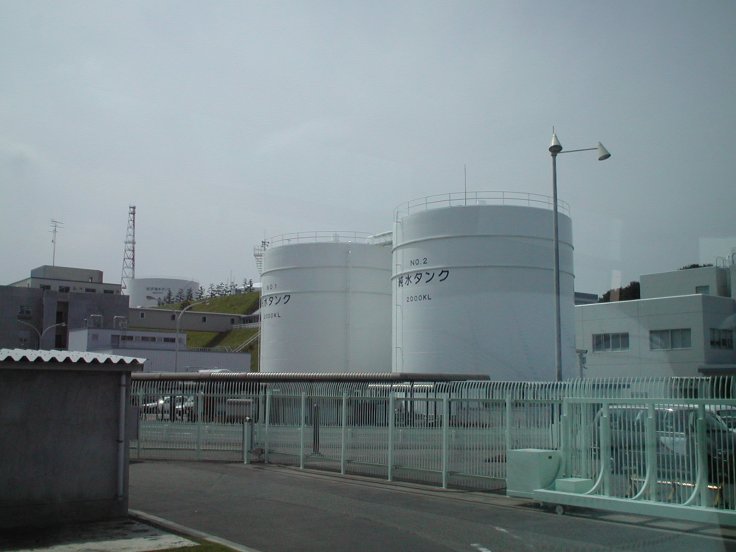The Japanese government on Monday lifted an evacuation order for parts of Iitate village near the disaster-hit Fukushima Daiichi nuclear power plant.
The move means there are no entry restrictions currently in place for any designated reconstruction base in the area comprising six municipalities, reports Xinhua news agency.
Similar orders have already been issued by the government for five other municipalities, namely Futaba, Namie, Tomioka, Okuma and Katsurao.

High Levels of Radiation
In the wake of the March 2011 disaster at the Fukushima Daiichi nuclear power plant, the government imposed a "difficult-to-return" zone spanning a 337 sq.km area of Fukushima, comprising seven municipalities.
A "difficult-to-return" zone was deemed by the government inaccessible to humans due to dangerously high levels of radiation.
Iitate village's southern district of Nagadoro remained a "difficult-to-return" zone and 17 per cent was designated as a "reconstruction and revitalisation" base.
At these inner bases, government-funded work was carried out to decontaminate the area and rebuild infrastructure and, purportedly, pave the way for evacuees to return.

The village of Iitate had been listed as one of the bases, with the lifting of the evacuation order on Monday also being applied to a neighbouring park, owing largely to the fact that nobody lived there.
As of April 1, 62 households with 197 people were listed as residents of Nagadoro, according to local statistics, but a mere three households comprising just seven people in total had applied for overnight stays.
Such applications beginning in September were supposed to be the first step toward households returning to the disaster-hit area permanently.









